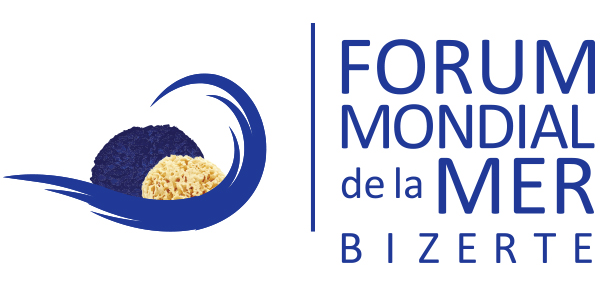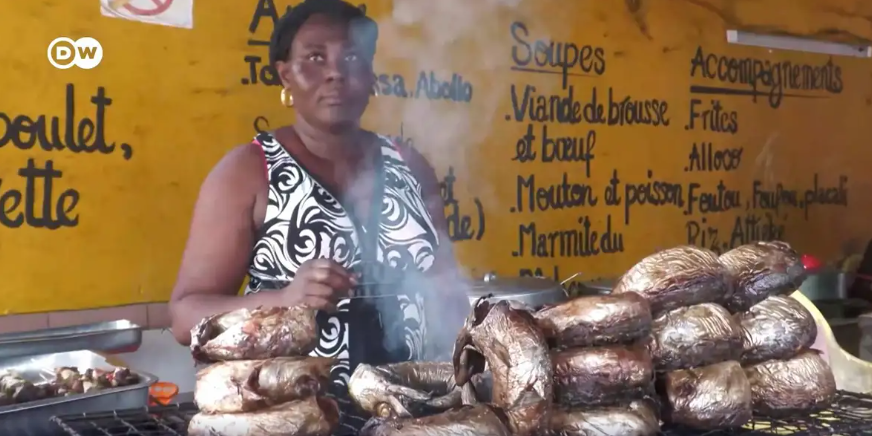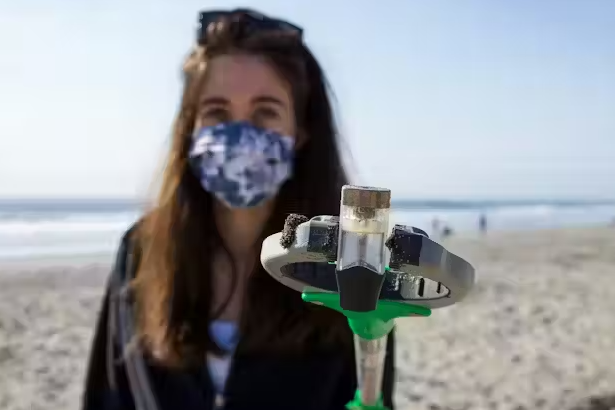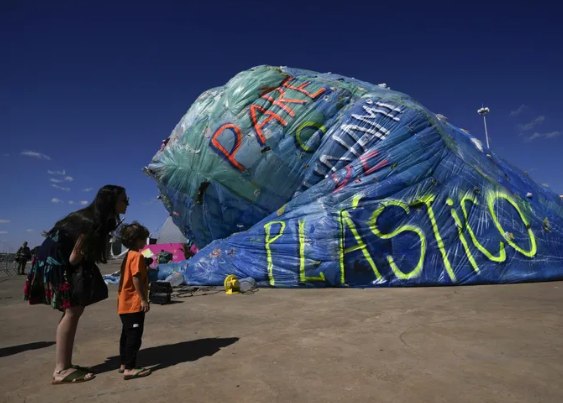In Côte d’Ivoire, fish is king at the dinner table. But behind this apparent abundance lies a less glamorous reality: the country imports over 70% of the fish it consumes. On the ground, several initiatives are attempting to reverse this trend.
On the beaches of Grand-Bassam, in southern Côte d’Ivoire, many fishing boats are docked and nets lie abandoned. The few fishermen still operating on the lagoon return to shore after several hours with nearly empty nets.
“In the past, we had good catches, but now, with the pollution in the lagoon and runoff from farms, factories, and industries, the fishing is no longer good,” says Benoît Roméo N’Guessan, a fisherman.
Another fisherman, Samuel, explains: “When the fishing is good, we can catch between 25 and 30 kilos of fish. But today, it wasn’t good—we got only about 5 kilos.”
Fishing in Côte d’Ivoire is affected by multiple factors, including illegal fishing, overfishing, pollution, and the destruction of habitats like mangroves. These issues have led to a decline in fish stocks.
The lack of fish in local waters forces restaurants to turn to frozen and imported fish from countries like China, Senegal, or Morocco. As a result, fish has become expensive for the final consumer.
Monique, a restaurant owner, explains: “We serve freshwater fish and also imported fish. Like APF (attiéké and smoked fish), which is available. But in sauces, we usually use freshwater fish—if we can find any. When we can’t, we just use what’s available. Often when people come here, they’re surprised fish is so expensive in Bassam. But it’s simply because there’s barely any left. It’s really difficult. Even in Assinie, the women there are now forced to grill frozen fish.”
Aquaculture as a Solution
Aquaculture is becoming a strategic lever to meet the population’s growing demand for fish.
Once a month, a group of young people organizes fish farming training sessions, with an average of twenty participants. The training has two parts: a theoretical session in a hotel in Grand-Bassam, followed by a practical session at Nazaire Coulibaly’s fish farming training farm, about ten kilometers away.
Coulibaly points out that “we import a lot, and the quality of the fish isn’t great.”
“I remember when I was a kid, we had easy access to fish. But now, all we have is ‘cardboard fish.’ Today, we have the opportunity to produce fresh, higher-quality fish. And you can start farming with just 350,000 CFA francs. It can be done anywhere. How? You just need proper training.”
At this farm, which has about sixty ponds, each one contains a different variety of fish—something that amazes the trainees and motivates them to enter the sector.
“This training is really great—I’ve learned a lot. As a business owner and entrepreneur, my goal is to one day have a beautiful farm like this one,” says Larissa Meledje, a fish farming trainee.
Hundreds of Billions in Imports
Massive fish imports cost the country over 107 billion CFA francs each year—a paradox for a nation rich in waterways.
To reverse this trend, initiatives like Nazaire Coulibaly’s are multiplying across the country to promote intensive fish farming. Five years ago, Coulibaly, a computer scientist and consultant at the African Development Bank, turned to aquaculture. Today, he produces 102 tons of fish annually.
“According to figures from the Ministry of Animal and Fishery Resources (MIRA), about 85% of our fish is imported, 14% comes from local fishing, and only 1% from aquaculture. Our goal is to reverse that trend in the coming years by increasing local fish production.”
To close the gap, the Ivorian government is banking on private investment. By 2030, authorities aim to increase aquaculture production to 68,000 tons. This ambition is backed by a value chain estimated at 825 billion CFA francs.
Source: dw




